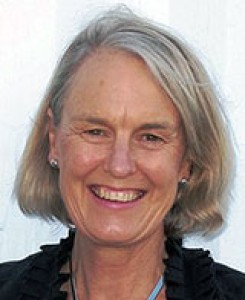Now published, see the full article 
Early Abstract:
Introduction: In most countries it remains a challenge to sustain the rural medical workforce. Based on evidence that medical students with rural backgrounds are more likely than their urban peers to enter rural practice, medical schools may have rural entry pathways. It is less well-established what happens to career intentions during medical school. This study assessed how rural intentions persist or change during medical school, and sought factors associated with either persistence or change in rural intention.
Methods: Students who participate in The Medical Schools Outcomes Database and Longitudinal Tracking (MSOD) project complete surveys at entry to and exit from medical school. They are asked about demographics, career intentions and influencing factors. This study used data from students at both of New Zealand’s medical schools from 2006 to 2016. Participants were placed into one of four groups: rural intention at entry and rural intention at exit (R-R); urban at entry and rural at exit (U-R); rural at entry and urban at exit (R-U); or urban at entry and urban at exit (U-U). Rural was defined as an area of 100,000 or less. Differences among the groups in demographics and influencing factors were analysed.
Results: Overall, 4368 students completed an entry survey (response rate 85.9%), and 2243 students an exit survey (response rate 66.4%). A third intended to work in a rural area; of these 49% had a rural background and 51% an urban background. From the linked entry and exit data (n = 1114), therewere 239 (21.4%), 188 (16.8%), 135 (12.1%) and 552 (49.5%) students in the R-R, U-R, R-U and U-U groups respectively (P < 0.001).Most students had a stable geographical career intention. Of those who changed, more moved towards a rural intention than away from it. Medical students with a persistent rural pattern had characteristics of a rural background (70%), being female (68%), NZ European (76%) or having involvement with a rural club for at least one year (45%). These students were also more likely to express a GP career intention as their first choice (25%). There were small differences in age, but otherwise no particular demographic factors were associated with students who changed intention. Similarly there were only small differences in perceived career influencing factors among groups.
Discussion: This large national study shows a stability of career location intention for the majority of students. It confirms earlier findings of the importance of rural background in rural career preference, but shows that women may have a higher propensity for a persisting rural interest. Apart from providing quality experience in rural areas for all students, and facilitating rural clubs, the study did not reveal any other strategies that might be used by medical schools to either increase or prevent the loss of rural interest.



